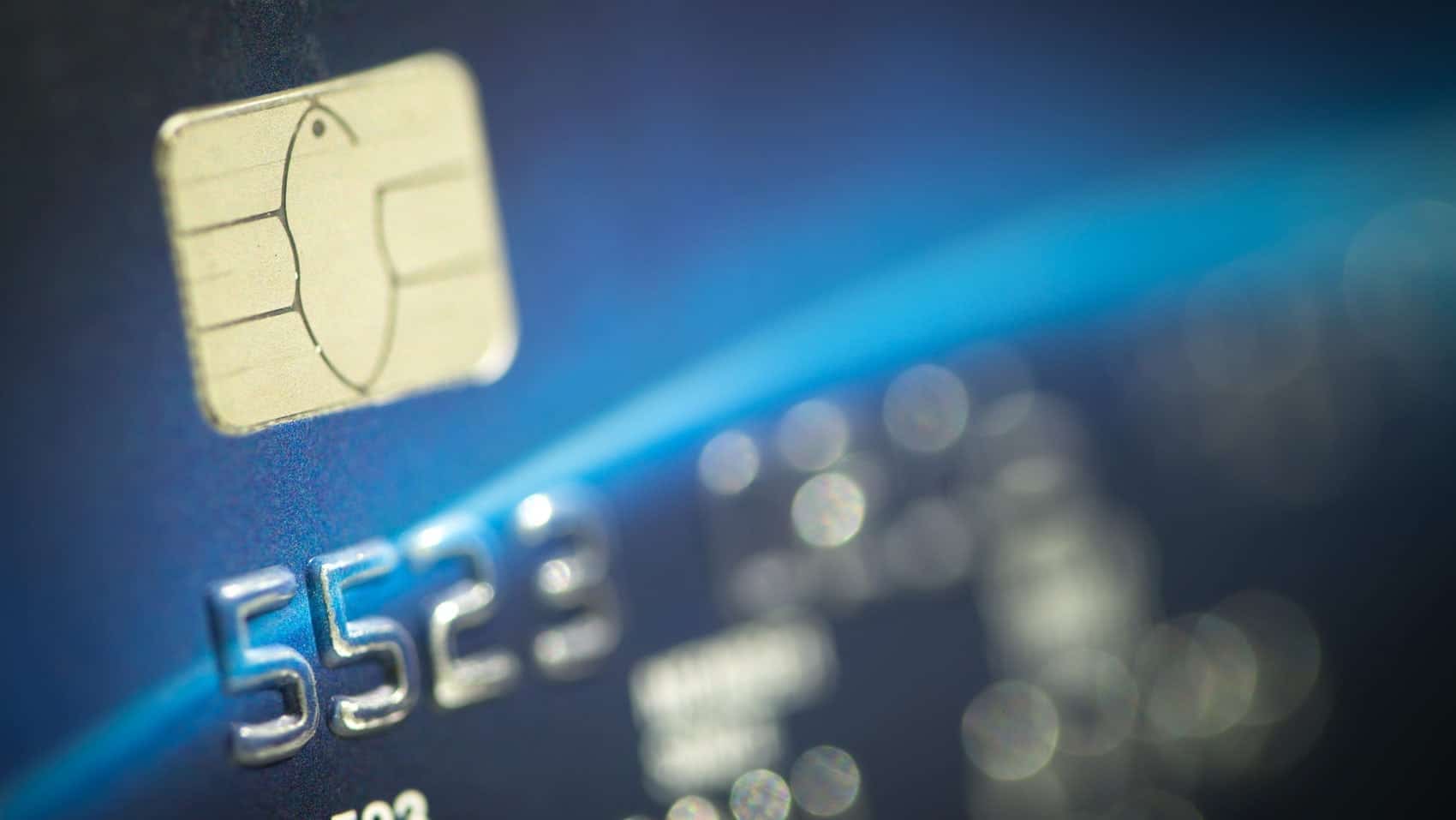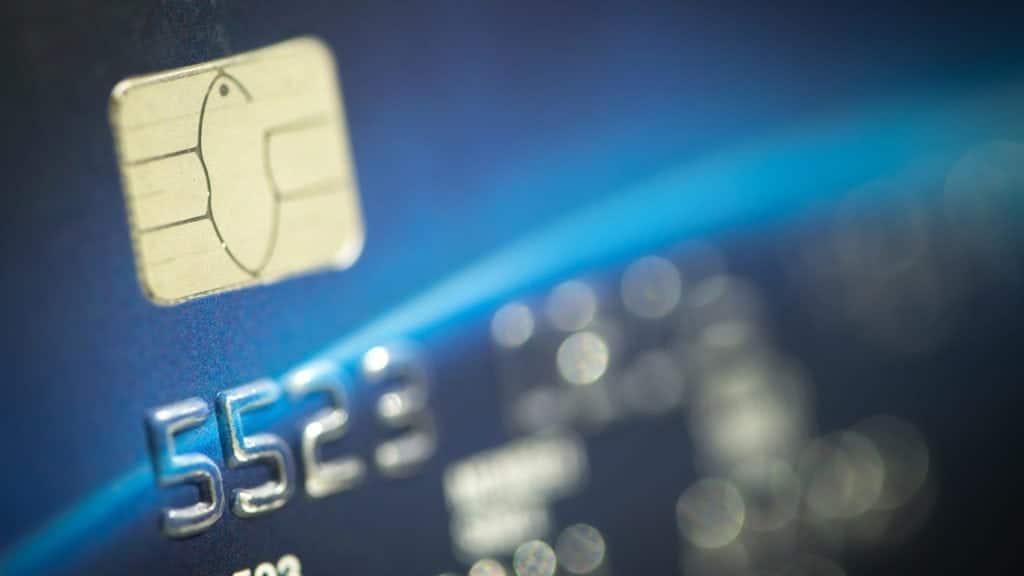PINless Debit Card Payment Solutions

TABLE OF CONTENTS
PINless debit card payment solutions have not been available until recently. Banks typically offer consumers a debit card when opening a new checking account. The debit card can either be used to make purchases or access funds from the bank account through an ATM. Debit cards are significantly safer than cash and far more convenient than writing paper checks.
THE FLAW WITH THE PIN SYSTEM
When purchasing a good or service, consumers can swipe their debit card at a sales terminal point, enter a personal identification number (PIN), and away they go. The funds are subtracted from the consumer’s checking account and then added to the merchant’s business account. It is the perfect solution for buyers to replace cash and checks for purchases made in person. Yet, there is a major flaw in the PIN system. It does not work for online and other non-physically present debit card purchases.
 The entire purpose of the PIN is to protect the bank account of the debit cardholder. For example, if a debit card is stolen, the thief would need to know the PIN to use it. This significantly reduces the chances that money will leave the debit cardholders’ bank account without their authorization. Although credit cards have long been used to make purchases and pay bills online, it was not until recently that debit cards could be used for these transactions.
The entire purpose of the PIN is to protect the bank account of the debit cardholder. For example, if a debit card is stolen, the thief would need to know the PIN to use it. This significantly reduces the chances that money will leave the debit cardholders’ bank account without their authorization. Although credit cards have long been used to make purchases and pay bills online, it was not until recently that debit cards could be used for these transactions.
It was not for lack of consumer demand – the public wanted to use their debit cards online, especially to make smaller purchases. Debit cards provide an alternate solution to adding debt to credit card balances. They make solid financial sense for consumers that can afford to spend the cash. However, the loss of PIN protection was considered too high of a risk by the major debit card networks until recently. There are some lower risk situations where a debit card may be used online without entering a PIN.
WHAT IS A PINLESS DEBIT CARD?
A pinless debit card is a debit card that does not require a PIN to be used. Instead, the cardholder’s signature is used to verify the transaction.
HOW TO ACCEPT PINLESS DEBIT CARD PAYMENTS
The major debit card networks are based on the low-risk factor on specific business types and the relationship with their customer base. Soon after, the PINless debit card payment solutions were born. Certain industries could now offer their customers the option to make online payments with their debit cards. Providing customers with more options goes a long way in keeping them happy. Organizations that would like to accept PINless debit card payments must partner with a payment processing specialist like Payment Savvy.
HOW IT WORKS
The process works in the following way. On the back end, the payment processor submits each debit card transaction to the Electronic Funds Transfer Network (EFN.) At this point, the PIN is waived. On the front end, PINless debit card payments work the same way that credit card payments do. It makes for a seamless process for both the consumer and the organization.
CONTACT PAYMENT SAVVY FOR PINLESS DEBIT CARD PAYMENT SOLUTIONS
Payment Savvy specializes in providing organizations with the ability to accept online debit and credit card payments. We even offer a debit-only payment solution. Please contact Payment Savvy today to see if your organization is eligible to accept PINless debit card payment solutions. Payment Savvy is here to answer all of your questions and review all options. We look forward to hearing from you and working with your company.
If you have enjoyed reading this article and found it informative, please share it with all of your contacts on social media. Payment Savvy greatly appreciates your efforts in this manner. Please stay tuned for more interesting articles in the days ahead.


